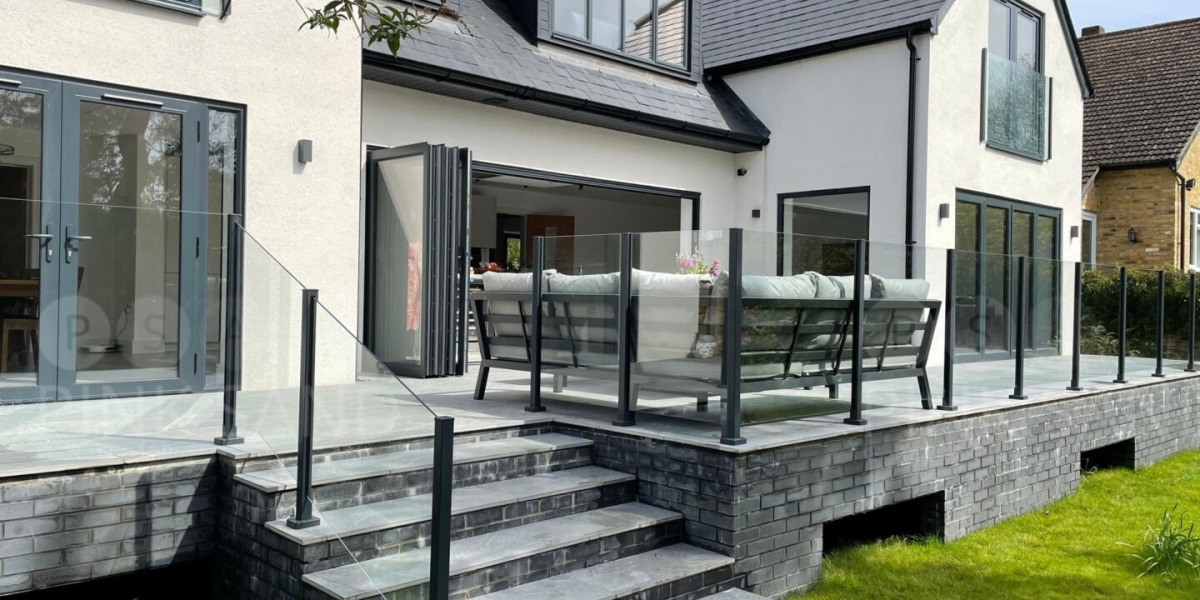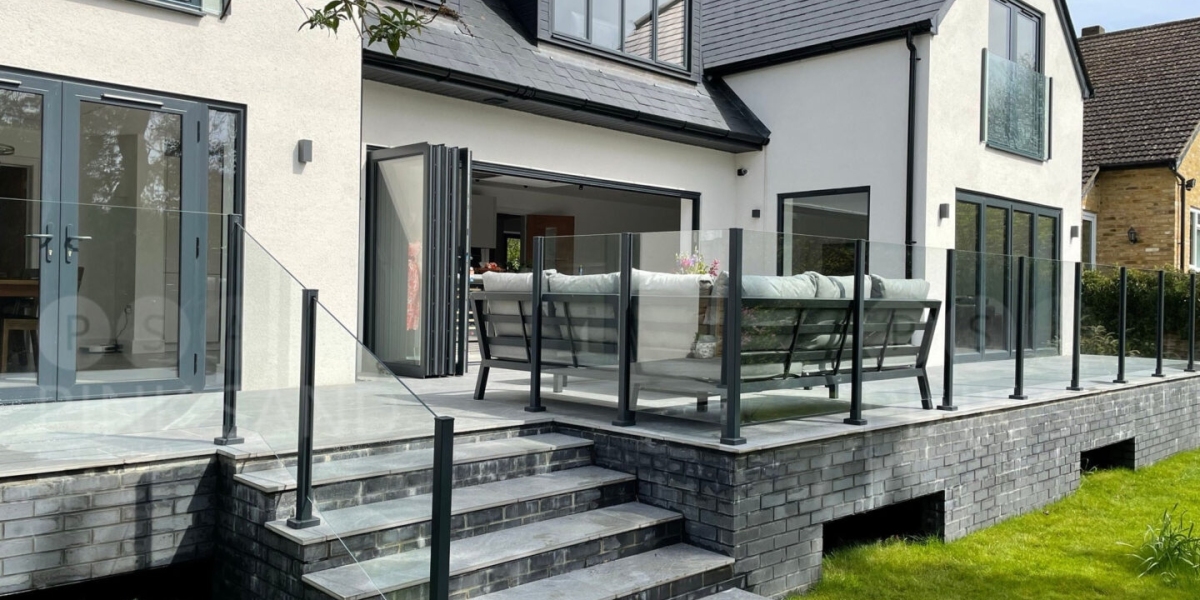Double glazing, also known as insulated glazing, is a window construction method that involves two panes of glass separated by a space filled with air or gas. This design significantly enhances thermal insulation, soundproofing, and overall energy efficiency of buildings. This study report delves into the technology behind double glazing, its benefits, applications, and considerations for homeowners and builders alike.
1. Introduction to Double Glazing
The concept of double glazing emerged in the 1930s but gained popularity in the 1970s due to rising energy costs and increasing awareness of energy efficiency. Double-glazed windows consist of two glass panes sealed together, with a spacer bar that creates an air or gas-filled gap, typically ranging from 6mm to 20mm. The space between the panes serves as an insulator, reducing heat transfer and minimizing energy loss.
2. The Technology Behind Double Glazing
2.1 Components of Double Glazing
Double-glazed windows consist of several key components:
- Glass Panes: The outer and inner panes are typically made of float glass, which can be treated for additional benefits such as low-emissivity (Low-E) coatings that reflect heat back into the room.
- Spacer Bars: These are the metal or polymer strips that separate the two panes of glass. They can be filled with desiccant material to absorb moisture and prevent fogging.
- Sealant: The edges of the glass panes are sealed with a durable sealant to prevent air and moisture from entering the cavity.
- Gas Fill: The gap between the panes can be filled with argon, krypton, or xenon gas, which provides better insulation than air due to their lower thermal conductivity.
2.2 Types of Double Glazing
There are various types of double glazing available, catering to different needs and preferences:
- Standard Double Glazing: The most common form, consisting of two panes of glass with a standard air gap.
- Low-E Double Glazing: Features a special coating that reflects heat while allowing natural light to enter, improving energy efficiency.
- Acoustic Double Glazing: Designed to reduce noise pollution, this type uses thicker glass or a different glass combination to dampen sound transmission.
- Triple Glazing: Although not strictly double glazing, this option includes three panes of glass and offers superior insulation, often used in extremely cold climates.
3. Benefits of Double Glazing
The advantages of double glazing are manifold:
3.1 Energy Efficiency
One of the primary reasons homeowners choose double glazing is its energy efficiency. By reducing heat loss in the winter and keeping interiors cooler in the summer, double-glazed windows can significantly lower heating and cooling costs. Studies have shown that double glazing can reduce energy bills by up to 20-30%.
3.2 Noise Reduction
Double glazing effectively minimizes noise pollution from outside, making interiors quieter. This is especially beneficial in urban areas or near busy roads, where sound levels can be disruptive.
3.3 Enhanced Comfort
With better thermal regulation, double-glazed windows contribute to a more comfortable living environment. They help maintain a consistent indoor temperature, reducing drafts and cold spots.
3.4 Increased Security
Double-glazed windows are more difficult to break than single-pane windows, providing an added layer of security against intruders. The sealed unit also makes it harder for burglars to access the home.
3.5 Environmental Impact
By improving energy efficiency, double glazing can reduce a building's carbon footprint. Lower energy consumption translates to fewer greenhouse gas emissions, contributing to environmental sustainability.
4. Applications of Double Glazing
Double glazing is versatile and can be applied in various settings:
4.1 Residential Buildings
Homeowners often install double-glazed windows to enhance comfort and reduce energy costs. They are particularly popular in new builds and renovations.
4.2 Commercial Properties
Businesses benefit from double glazing through reduced operational costs and improved employee comfort. Many commercial buildings opt for double-glazed facades for aesthetic appeal and energy efficiency.
4.3 Public Buildings
Schools, hospitals, and government buildings utilize double glazing to create a comfortable and energy-efficient environment for large numbers of occupants.
5. Considerations When Choosing Double Glazing
While double glazing offers numerous benefits, there are several factors to consider:
5.1 Cost
The initial investment for double-glazed windows is higher than that for single-pane windows. However, the long-term savings on energy bills can offset this cost. Homeowners should evaluate their budget and consider the potential return on investment.
5.2 Installation Quality
The effectiveness of double glazing is highly dependent on proper installation. Poor installation can lead to issues like condensation, air leaks, and reduced thermal performance. It is crucial to hire qualified professionals for installation.
5.3 Maintenance
Double-glazed windows require minimal maintenance, but homeowners should regularly check seals and frames for any signs of wear or damage. Cleaning the glass surfaces is also essential to maintain clarity and aesthetics.
6. Conclusion
Double glazing represents a significant advancement in window technology, offering enhanced energy efficiency, noise reduction, https://electionforecast.co.uk/clear-vision-why-glass-partitions-are-the-future-of-office-design/ and security. As energy costs continue to rise and environmental concerns become more pressing, the demand for double-glazed windows is likely to increase. Homeowners and builders should carefully consider the benefits and factors associated with double glazing to make informed decisions that contribute to energy savings and improved comfort in residential and commercial properties. With ongoing advancements in glazing technology, the future of double glazing looks promising, paving the way for even more efficient and sustainable building practices.









